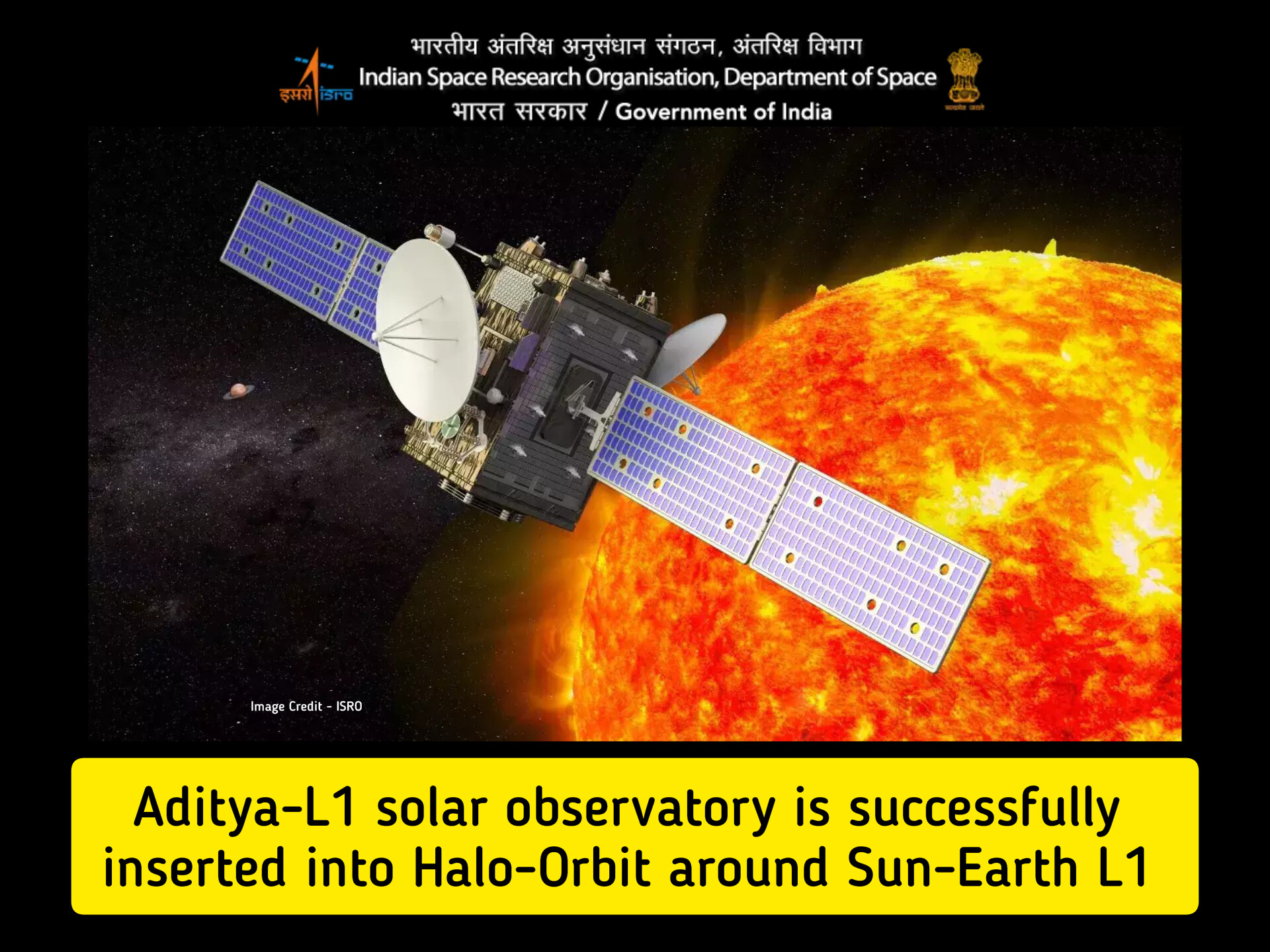
Aditya-L1 enters halo orbit: Indian solar probe ready to reveal secrets of Sun
ISRO ADITYA L1 mission After 110 days of journey, 1.5 million km coverage charge followed by accurate orbital insertion, Aditya-L1 mission successfully Completed. Successfully stopped in the best place in the vastness of space, he cannot see the sun.
Prime Minister Narendra Modi announced the news and said: “India has achieved another milestone. India’s first solar probe Aditya-L1 has reached its target.
Indian Space Research Organization (Isro), India’s pioneering First solar probe Aditya-L1 on Saturday started its engine and placed it in its fixed position in space at Lagrange Point 1, thus completing its entry into the halo.
“This is a testament to the determination of our scientists to complete the most important and difficult task. PM Modi added: “We will continue to pursue new research in this field for the benefit of humanity.”
The existing aircraft will enter the operational phase, after which it will start observing the sun and gain a better understanding of how this happens. stars move. Our sun is not only the life force on earth, it has more consequences than we know.
“Aditya’s seven instruments will track the birth of our parent star and monitor its effects on the near-Earth atmosphere. The best Indian observatory will help us understand the Sun-Earth system. It is the only system on Earth. Professor Dibyendu Nandi, who participated in the Aditya L-1 cause and guided the system, says, “There is life on Earth.” Meteorological and Space Research Board
Where is ADITYA L1?
The Aditya L1 spacecraft has reached Lagrange Point 1, a unique space point beyond the orbit of the moon where the sun is clearly visible all year round.
Lagrangian point 1 (L1) is a fixed point where the gravitational force of two large objects such as the Earth and the Sun is equal to the centripetal force required by small objects such as satellites. It is located on a line connecting two large celestial bodies and ensures that the satellite remains in a fixed position.
The object in L1 maintains stability relative to the Earth and the Sun, making it a suitable type of satellite for certain purposes, such as solar observation or satellites used to monitor weather. However, the control of the L1 satellite needs to be constantly adjusted due to interference from other celestial objects.
“For India, this mission is about much more than science; it demonstrates our ability to conduct cutting-edge research and contribute positively to the world. Understanding the solar phenomenon. A new chapter in our cosmic journey and a generation of Solar energy and solar panel expert Manish Purohit inspired scientist and dreamers
What to do next?
Aditya L1 now faces a five-year mission in which it will use seven instruments to observe the sun. The spacecraft will study the sun’s outer layers, particularly the corona, which is still unknown to solar physicists.
Aditya-L1 is equipped with seven advanced instruments that use electromagnetic and particle detectors to explore the complexity of the solar system. These cutting-edge instruments include Visible Emission Line Coronagraph (VELC), Solar Low Energy X-ray Spectrometer (SoLEXS), Aditya Plasma Analyzer Suite (PAPA), High Energy L1 Orbital X-ray Spectrometer (HEL1OS), Solar Ultraviolet Imaging Telescope (SUIT). ) is located. ), Aditya Solar Wind Particle Experiment (ASPEX) and Airborne Magnetometer (MAG).
4 of the devices have been put into operation, and the remaining 3 will be examined and evaluated in the coming days.
“Scientific observation of AdityaL1 will begin only after the spacecraft completes its mission around the Lagrange L1 point. If all the equipment goes as planned, this could be the beginning of a new era in solar energy research in India. Professor Nandy added.
When four payloads view the sun directly from a unique vantage point. L1 and the rest of us are working on in situ studies on the properties and fields of the Lagrangian point L1.
As India performs the cosmic ‘Surya namaskar’, it is joining major organizations from countries including the US, Europe and China in having solar observatories, as part of its increasing focus on exploring further developments in this field.
As Aditya L1 enters a new halo orbit, India is set to reveal the long-kept secret of observing stars in the solar system from the best vantage point ever.
ALSO READ
FOLLOW US ON INSTAGRAM


